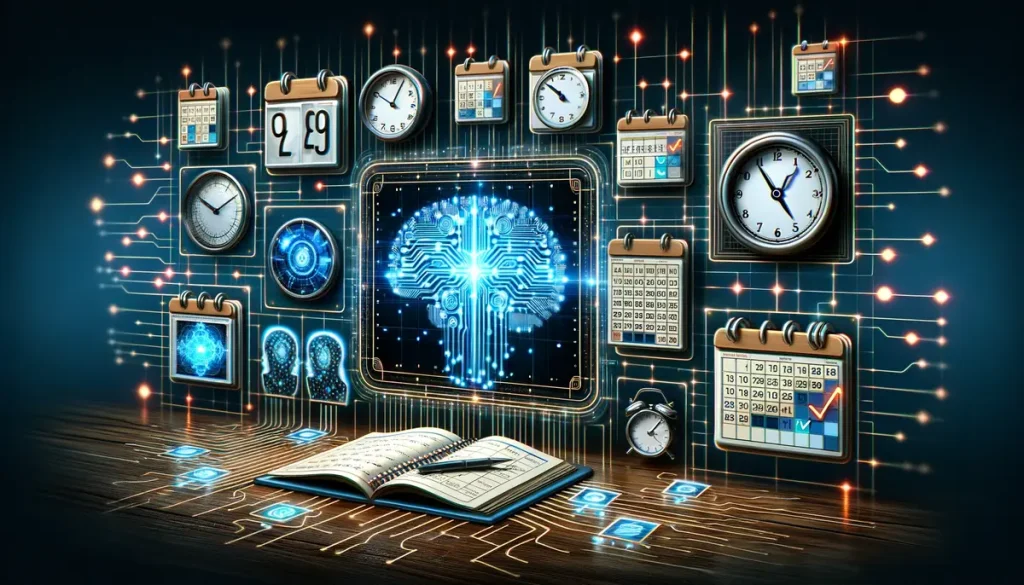The Technology Behind AI Schedulers
Key Components of AI Schedulers
- Machine Learning Algorithms: AI schedulers utilize sophisticated machine learning algorithms to analyze vast amounts of data and identify patterns, trends, and correlations that enable accurate predictions and decision-making.
- Data Collection and Analysis: Through the collection and analysis of diverse data sources, including historical performance metrics, market trends, and external factors, AI schedulers gain insights into workload demands and resource utilization, facilitating informed decision-making.
- Real-time Decision Making: By leveraging real-time data and predictive analytics, AI schedulers can make dynamic adjustments to schedules and resource allocation, ensuring optimal performance and responsiveness to changing circumstances.
Read More: Training AI Responders to Reflect Your Brand’s Voice
Challenges and Considerations
- Data Privacy and Security: The use of AI schedulers raises concerns about data privacy and security, necessitating robust measures to protect sensitive information and comply with regulatory requirements.
- Integration with Existing Systems: Seamless integration with existing systems and workflows is essential for maximizing the effectiveness of AI schedulers and ensuring smooth adoption and implementation.
- Training and Adoption: Comprehensive training programs and change management strategies are critical for fostering user adoption and ensuring that employees are equipped with the necessary skills to utilize AI schedulers effectively.
Conclusion
In conclusion, AI schedulers represent a paradigm shift in scheduling technology, offering businesses unprecedented capabilities to forecast demand, optimize resource allocation, and enhance operational efficiency. By harnessing the power of advanced machine learning algorithms and data analytics, AI schedulers empower organizations to navigate the complexities of modern business environments with agility and precision. As technology continues to evolve, the future of AI schedulers holds immense promise for revolutionizing scheduling practices and driving sustainable growth across industries.

